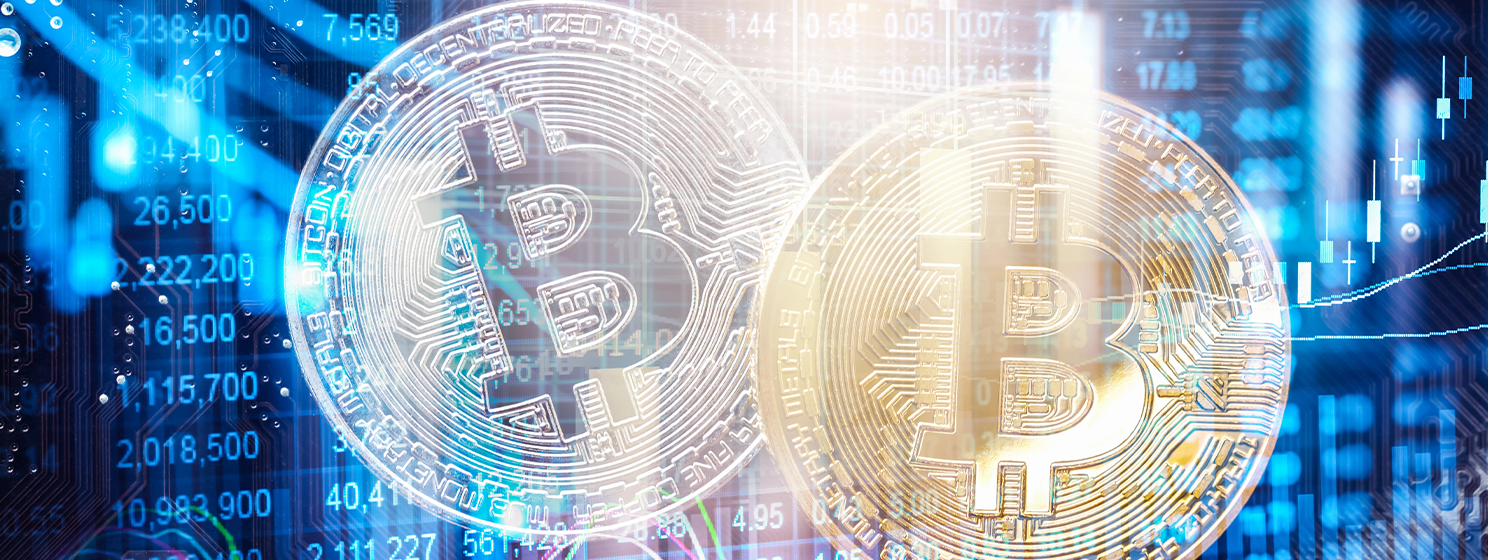|
Getting your Trinity Audio player ready...
|
India ranks as the third-biggest workforce in Web3, according to a report from the local non-profit organization National Association of Software and Services Companies (NASSCOM).
Data shows that India makes up 11% of the world’s talent in distributed ledger technology (DLT), thanks to its vibrant ecosystem of digital asset service providers. NASSCOM notes that there are over 75,000 Indians employed in the industry, with the figure set to grow by a staggering 120% within a two-year window.
Out of the 450 firms operating in India’s virtual currency sector, four companies have been branded as unicorns after hitting the billion-dollar valuation mark, NASSCOM said. The total amount of funding raised by Indian Web3 firms has exceeded $1.3 billion since April 2022, signaling significant institutional interest in the local industry.
“India’s rapid adoption of new-age technologies, its growing startup ecosystem, and large-scale digitally skilled talent potential is cementing the country’s position in the global Web3 landscape,” read the report.
Indian companies in the space operate mainly in the fields of decentralized finance (DeFi) and Non-Fungible Tokens (NFTs). Meanwhile, a growing number of firms have begun exploring the metaverse and gaming. The reach of these companies extends beyond India, with a number of them capable of fitting the bill of international digital asset service providers.
Local non-profits like the India Blockchain Association (IBA) are playing their role in transforming India into a DLT hub in the region and the wider world. Several private firms have struck a collaboration with local administrations to establish training facilities in the country to train and issue licenses to citizens, which will deepen the talent pool.
Indian administrators are at the fore of the growth
India’s regional government appears to be the main catalyst for developing the country’s digital asset ecosystem. For example, the state of Maharashtra has used DLT to streamline government processes and currently deploys the technology in its land registry.
Finance Minister Nirmala Sitharaman had previously announced that the country was eyeing a 46% adoption rate for DLT before 2025, a significant leap for a country that eyes virtual assets with a measure of skepticism.
Regardless, the Reserve Bank of India (RBI) appears to consider using DLT for its Central Bank Digital Currency (CBDC). At the same time, the Securities and Exchange Board of India (SEBI) has also approved DLT for depositories to use in keeping records.
Wacth: The BSV Global Blockchain Convention panel, Blockchain in Middle East & South Asia

 09-09-2025
09-09-2025 





